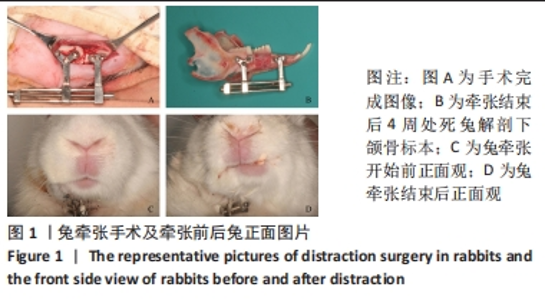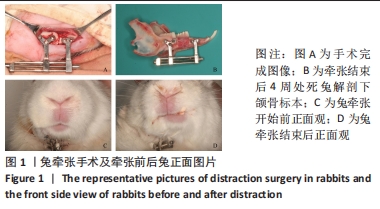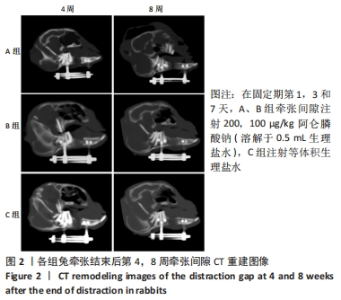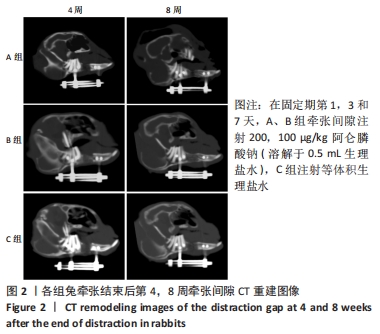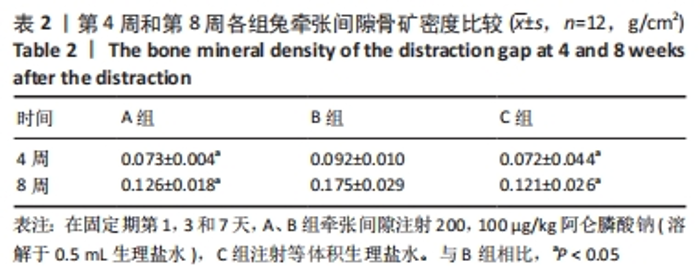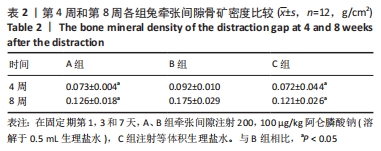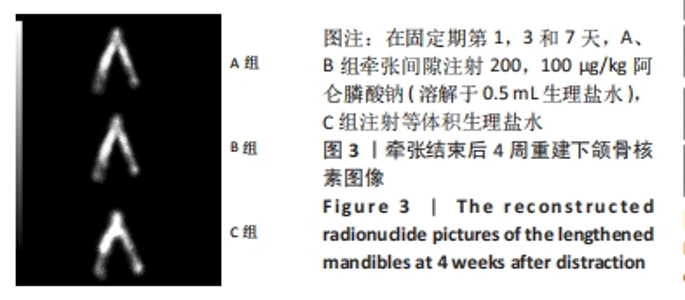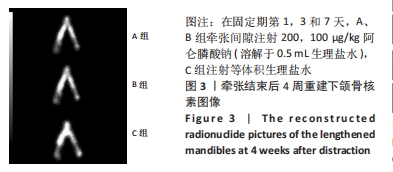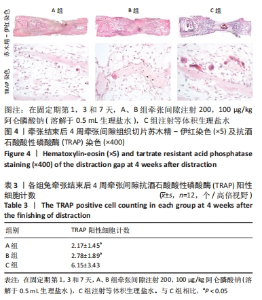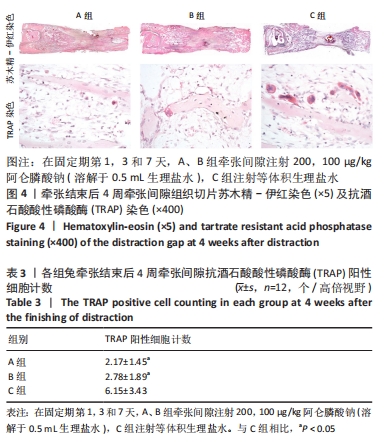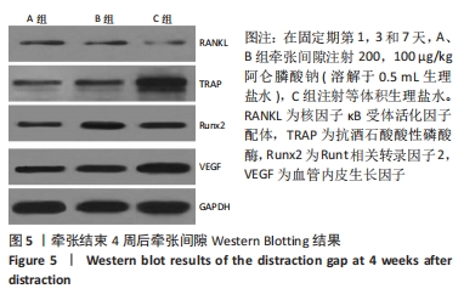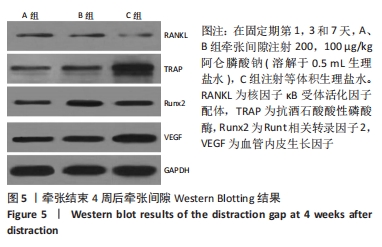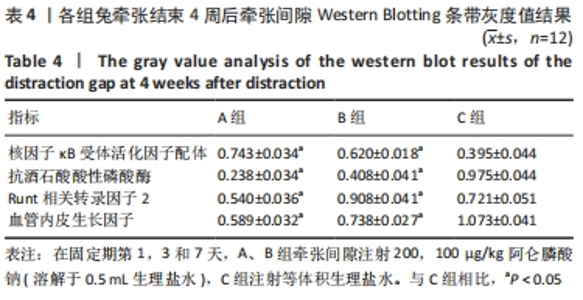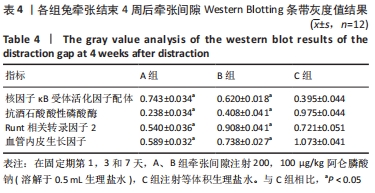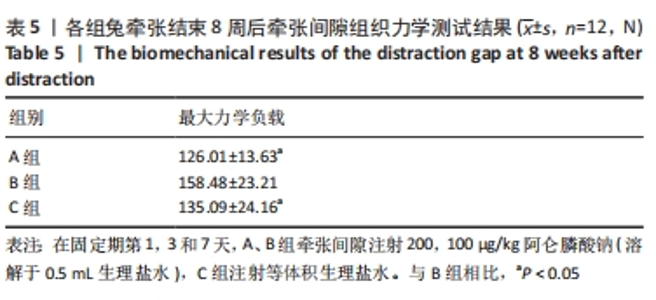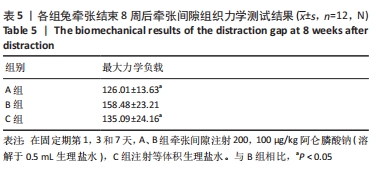[1] YUAN F, PENG W, YANG C, et al. Teriparatide versus bisphosphonates for treatment of postmenopausal osteoporosis: A meta-analysis. Int J Surg. 2019;66:1-11.
[2] 谢淑娟,潘卫红.双磷酸盐在口腔医学方面的研究进展[J].临床口腔医学杂志,2011,27(1):53-55.
[3] HOPPER RA, ETTINGER RE, PURNELL CA, et al. Thirty Years Later: What Has Craniofacial Distraction Osteogenesis Surgery Replaced? Plast Reconstr Surg. 2020;145(6):1073e-1088e.
[4] SAHOO NK, ISSAR Y, THAKRAL A. Mandibular Distraction Osteogenesis. J Craniofac Surg. 2019;30(8):e743-e746.
[5] 蒋校文,黄华庆,陈金勇,等. 骨膜蛋白促进兔下颌骨快速牵张成骨的实验研究[J].口腔疾病防治,2019,27(9):551-556.
[6] 蒋校文,张翼,范晓升,等. 杜仲醇提取物对兔下颌牵张成骨的影响[J]. 中国组织工程研究,2015,19(42):6725-6729.
[7] TORRES-HUERTA A, CHAN TG, WHITE AJP, et al. Molecular recognition of bisphosphonate-based drugs by di-zinc receptors in aqueous solution and on gold nanoparticles. Dalton Trans. 2020;49(18):5939-5948.
[8] 付福建,郑周海,史晓红,等. 双膦酸盐诱导破骨细胞凋亡的作用机理研究[J]. 基因组学与应用生物学,2019,38(10):4726-4731.
[9] THAVORNYUTIKARN B, WRIGHT PFA, FELTIS B, et al. Bisphosphonate activation of crystallized bioglass scaffolds for enhanced bone formation. Mater Sci Eng C Mater Biol Appl. 2019;104:109937.
[10] APOSTU D, LUCACIU O, MESTER A, et al. Cannabinoids and bone regeneration. Drug Metab Rev. 2019;51(1):65-75.
[11] CREMERS S, DRAKE MT, EBETINO FH, et al. Pharmacology of bisphosphonates. Br J Clin Pharmacol.2019;85(6):1052-1062.
[12] STRESING V, FOURNIER PG, BELLAHCÈNE A, et al. Nitrogen-containing bisphosphonates can inhibit angiogenesis in vivo without the involvement of farnesyl pyrophosphate synthase. Bone. 2011;48(2): 259-266.
[13] PAMPU AA, DOLANMAZ D, TÜZ HH, et al. Experimental evaluation of the effects of zoledronic acid on regenerate bone formation and osteoporosis in mandibular distraction osteogenesis. J Oral Maxillofac Surg. 2006;64(8):1232-1236.
[14] OMI H, KUSUMI T, KIJIMA H, et al. Locally administered low-dose alendronate increases bone mineral density during distraction osteogenesis in a rabbit model. J Bone Joint Surg Br. 2007;89:984-988.
[15] YOU R, ZHANG Y, WU DB, et al. Cost-Effectiveness of Zoledronic Acid Versus Oral Alendronate for Postmenopausal Osteoporotic Women in China. Front Pharmacol. 2020;30;11:456.
[16] ENDO Y, FUNAYAMA H, YAMAGUCHI K, et al. Basic Studies on the Mechanism, Prevention, and Treatment of Osteonecrosis of the Jaw Induced by Bisphosphonates. Yakugaku Zasshi. 2020;140(1):63-79.
[17] CUNHA VV, SILVA PGB, LEMOS JVM, et al. Evaluation of a collagen matrix in a mandible defect in rats submitted to the use of bisphosphonates. Acta Cir Bras. 2020;35(10):e202001005.
[18] 施健,张健. 不同质量浓度阿仑膦酸钠干预牙槽骨吸收模型兔牙周组织破骨细胞分化因子和骨保护素的表达[J]. 中国组织工程研究与临床康复,2011,15(20):68-71.
[19] 李向宇, 赵刚. 阿仑膦酸钠对大鼠正畸牙移动后保持阶段牙周组织中Osterix表达的影响[J]. 微量元素与健康研究,2019,36(5):4-6.
[20] KOEHNE T, KAHL-NIEKE B, AMLING M, et al. Inhibition of bone resorption by bisphosphonates interferes with orthodontically induced midpalatal suture expansion in mice. Clin Oral Invest. 2018;22(6): 2345-2351.
[21] CUAIRAN C, CAMPBELL PM, KONTOGIORGOS E, et al. Local application of zoledronate enhances miniscrew implant stability in dogs. Am J Orthod Dentofacial Orthop. 2014;145(6):737-749.
[22] HU JH, DING M, SOBALLE K, et al. Effects of short-term alendronate treatment on the three-dimensional microstructural, physical and mechanical properties of dog trabecular bone. Bone. 2002;31(5):591-597.
[23] ZHANG C, ZHU J, JIA J, et al. Long-term pretreatment with alendronate inhibits calvarial defect healing in an osteoporotic rat model. J Bone Miner Metab. 2021;39(6):925-933. |
